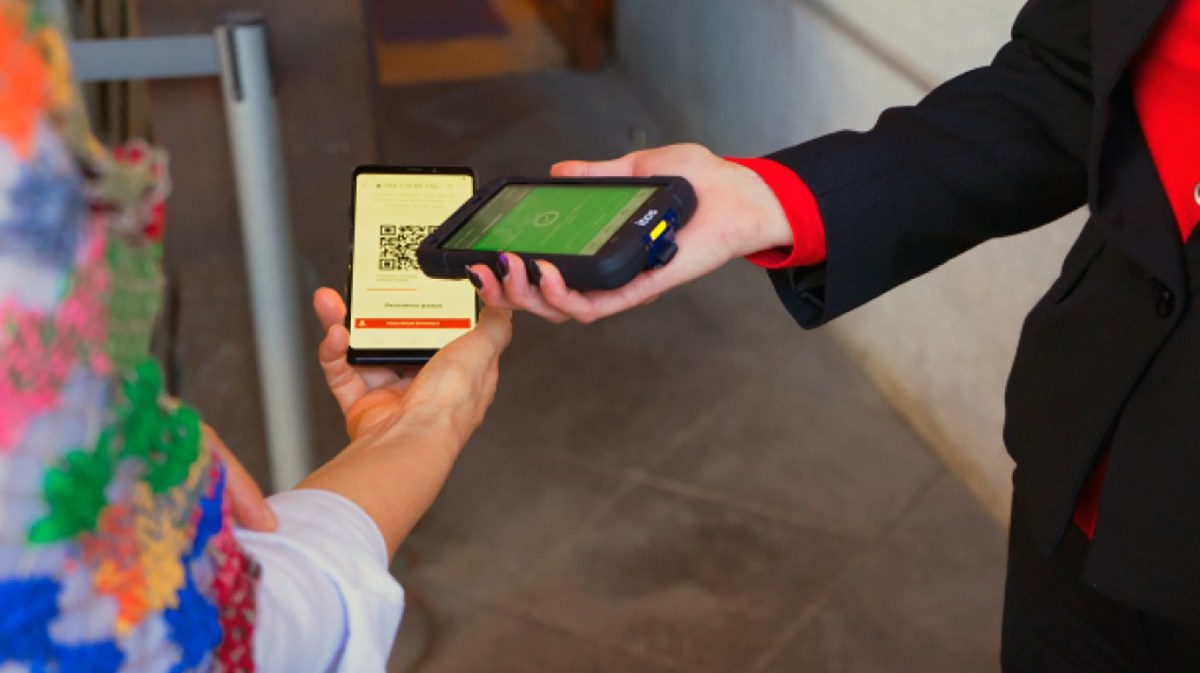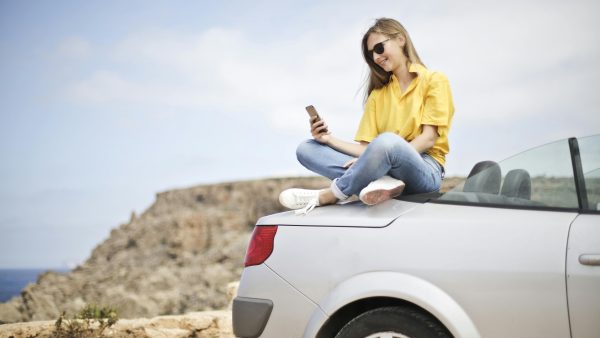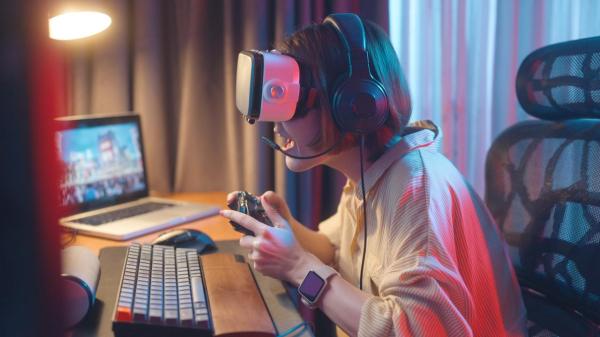Art and culture are adapting to a new, increasingly connected public. For years now, museums and cultural spaces have been faced with the challenge of connecting with a public whose tastes and ways of interacting with their environment are constantly changing.
And this connection process inevitably involves digitisation. Joan Santacana, professor at the University of Barcelona, talks about how this relationship has changed and how it is now bidirectional in his study “The digitalisation of culture and its implications for museums and heritage“.
On the one hand, those in charge of these spaces are interested in knowing what the visitor thinks and says, and on the other hand, they have to respond to the new expectations of the public, and offer something more than a mere succession of exhibits.
Digitalisation has also become an effective tool that can help the industry in crisis situations. The cultural sector and its museum and conservation activities were affected during the economic crisis in 2008. Now the coronavirus crisis is once again hitting this professional sector.
Culture in the face of COVID-19
In April 2020 almost all museums in the world remained closed due to the coronavirus, according to a study by the International Council of Museums (ICOM). As a consequence of this closure many museums strengthened their digital activities and, although almost half of the museums that participated in the study were already present on social media or had been sharing their collections online before the lockdown, the museums’ digital communication activities increased by at least 15%.
Museums in Spain were closed for 91 days on average, but 96% of them reopened after closure. The Spanish Museum Observatory highlights the impact suffered by these cultural spaces, but also the resilience shown by a sector that is deeply committed to its fundamental functions and to its public.
Benefits of new technologies
The process of digitisation of the cultural heritage of museums is a slow process, but the use of new technologies has brought very important benefits to this sector.
- Cultural heritage conservation: the creation of digital archives of the museum collections and their cataloguing makes their conservation and study easier.
- Contact with the public: Connectivity has made it possible to maintain a dialogue between the cultural spaces and the public, through their social media and official websites, and has boosted the return to the venues, after their reopening, using online dialogue for the most part.
- Democratisation of art: Museums are the meeting and promotion places of different artistic representations, from different times and cultures.
Connectivity breaks down the barrier of physical spaces and brings cultural heritage to every corner. Online resources are always available for everyone to enjoy. - Improvement of the experience. The use of technologies such as 5G or Virtual Reality (VR) enhances the user experience. On the one hand, it makes it possible to enjoy one-off events or virtual tours remotely thanks to the capacity of the latest generation mobile network.
On the other hand, VR facilitates new experiences even in a face-to-face format, enriching the visit to exhibition spaces. - Educational function: The digitisation of cultural heritage is a powerful tool for education and learning. A clear example of this is the MOOCs carried out by Telefónica together with the Prado Museum.
In addition, the technology is also developing ludic resources and immersive 3D VR experiences, which allow for the reconstruction of paintings in remote or non-existent places.







